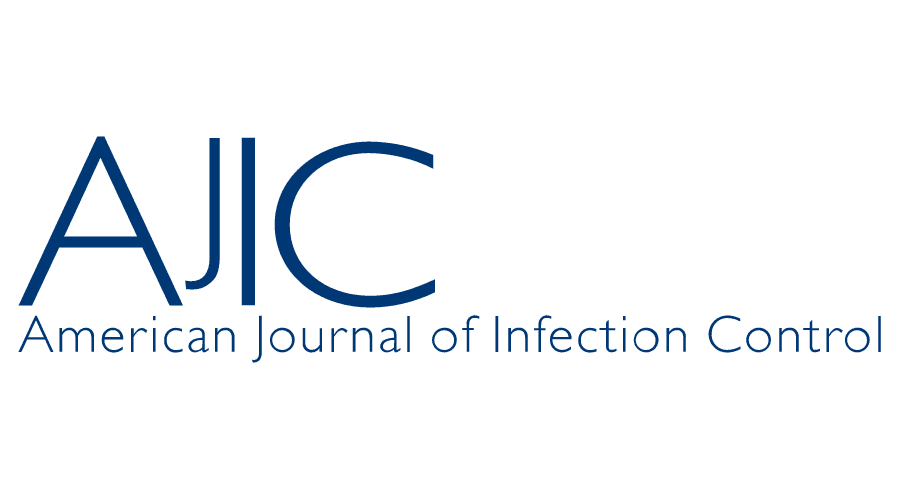Leave a Reply
You must be logged in to view and post comments.
Assessment of strategies for engineering controls for the prevention of airborne infectious disease transmission to patients and to health care and related workers requires consideration of the factors relevant to aerosol characterization. These factors include aerosol generation, particle sizes and concentrations, organism viability, infectivity and virulence, airflow and climate, and environmental sampling and analysis. The major focus on attention to engineering controls comes from recent increases in tuberculosis, particularly the multidrug-resistant varieties in the general hospital population, the severely immunocompromised, and those in at-risk and confined environments such as prisons, long-term care facilities, and shelters for the homeless. Many workers are in close contact with persons who have active, undiagnosed, or insufficiently treated tuberculosis. Additionally, patients and health care workers may be exposed to a variety of pathogenic human viruses, opportunistic fungi, and bacteria.
